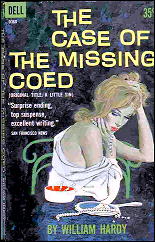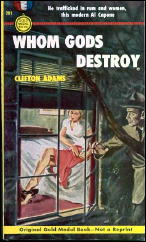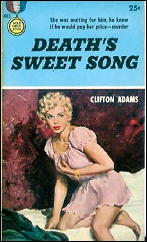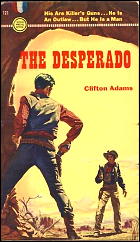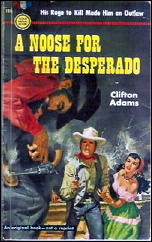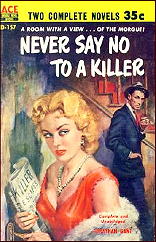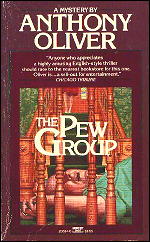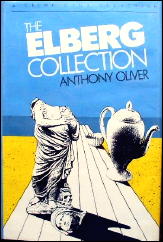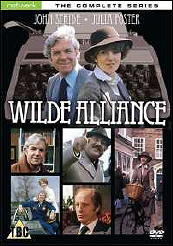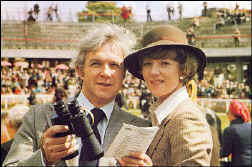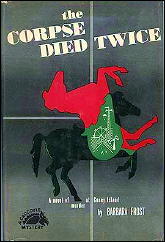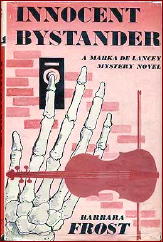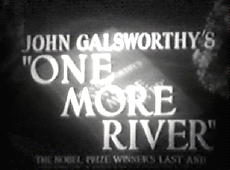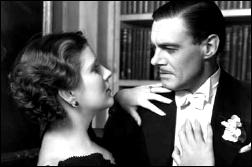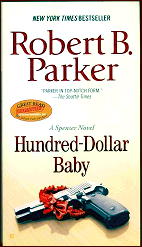Mon 8 Feb 2010
CRAIG RICE – 8 Faces at 3. Simon & Schuster, hardcover, 1939. Hardcover reprint: Tower, 1943 (shown). Paperback reprints include: Mystery Novel of the Month #21, 1941, as Murder Stops the Clock; Bonded Books #13, 1945; Intl Polygonics Ltd, 1989.
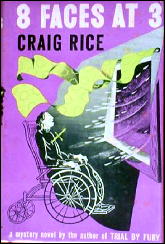
Rice’s debut detective novel, which introduced that rye-soaked couple, Jake Justus and Helene Brand, and the rumpled, sodden lawyer John J. Malone to the world, is an impressive debut.
The first murder — that of a tyrannical, rich old lady despised by her heirs and servants — offers a classical situation immediately familiar to readers of British mystery, but the resemblance begins careening off course with the appearance of madcap, hard-drinking, reckless-driving heiress Helene Brand on the scene.
Soon the lovely young lady suspect — a family friend of Helene’s and the newlywed wife of a band leader client of Jake’s (he’s a press agent) — has been spirited away from the police by Jake and Helene and hidden away in a whorehouse, so that Jake and Helene can find the real murderer, with the help of Malone.
Copious drinking ensues, along with some genuine detection.
Despite all the drinking (which is truly non-stop), Rice’s first detective novel devotes considerable attention to the puzzle, which, though not as convoluted as some of her later ones, is nicely put together.
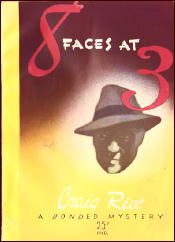
Rice wastes little time on red herrings, but the exact working out of everything, including the tantalizing problem of the eight clocks all set to 3:00, is interesting to follow. (Rice works out the Clock conundrum in much more interesting way than does Agatha Christie in the later The Clocks.) Indeed, as a puzzle 8 Faces at 3 is superior to Rice’s later Trial by Fury (considered her masterpiece by some), though the latter is the better novel.
The supporting characters in 8 Faces at 3 tend to remain cardboard (the most interesting to me was the presumably Jewish D.A. with a chip on his shoulder, Hyme Mendel), so the interest tends to remain in puzzle and the antics of Helene, Jake and Malone.
The antics, fueled by rye and many other adult beverages, will be a plus or minus depending on the reader. Much of the book I found genuinely funny, but I have to admit the amount of drinking did tend to pall on me a bit. One starts to feel that almost every other line, is “let’s have a drink.”
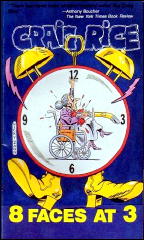
I have not yet received Jeffrey Mark’s biography of Craig Rice, but I know a bit of her sad story and I have to admit I found myself thinking of that every time Helene passed out into Jake’s arms.
I presume readers of the 1940s found drunkenness more uproariously funny than readers of today; and of course those readers of yesteryear did not know of Rice’s own alcoholism — at least until her messy personal life, including suicide threats, started, I presume, to get in the papers.
For me that knowledge tempered a bit my amusement at the non-stop drinking, which is frequently accompanied, I might add, by driving. (These characters make Raymond Chandler’s Marlowe look like a teetotaler.)
Still, 8 Faces at 3 offers an a good puzzle and is written with verve. It is a very good detective novel and I would recommend it to anyone who doesn’t mind a great deal of liquor-fueled zaniness accompanying the elucidation of a mystery.
Editorial Comment: Also on hand is Curt’s review of Trial by Fury, which he mentioned in passing above. Be on the lookout for it. I’ll post it here soon.
